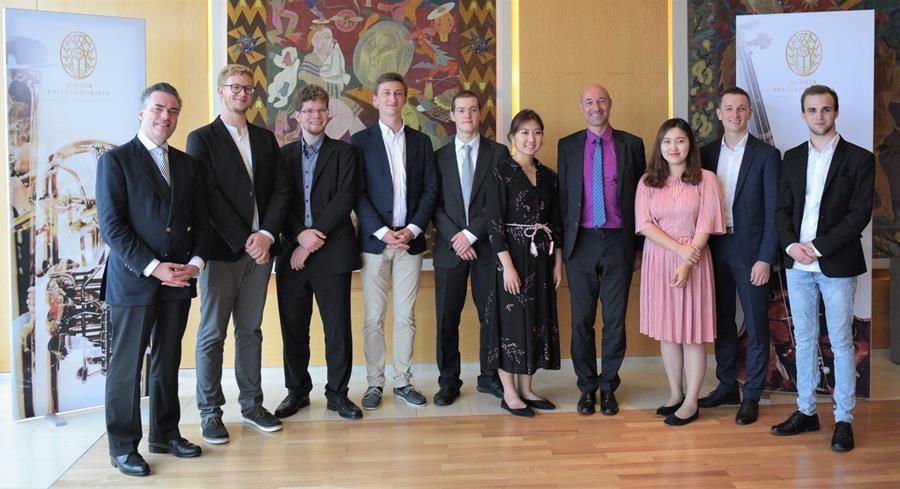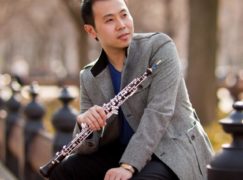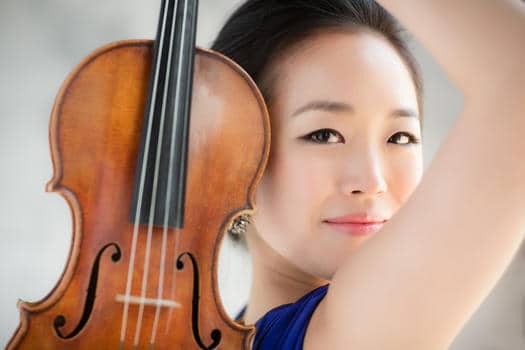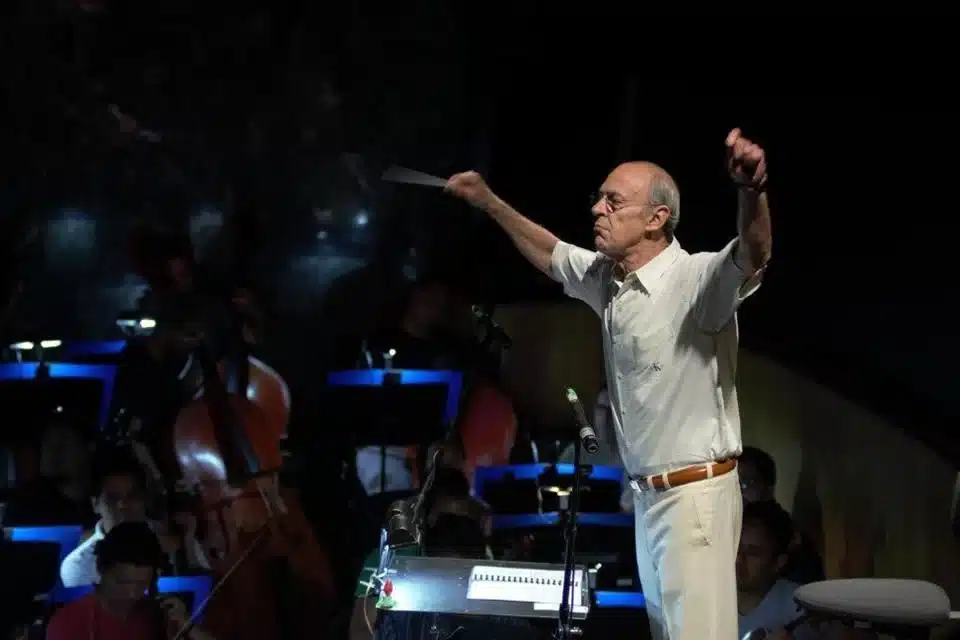Meet the next-gen Vienna Philharmonic
mainThe orchestra has named the first participants in its new academy.
There are just 3 Austrians, 2 women.

Hannah Cho, violin, USA
Andraz Golob, clarinet, Slovenia
Patrick Hofer, trumpet, Austria
Hana Jeong, double bass, South Korea
Ulisse Mazzon, violin, Italy
Samuel Mittag, viola, Switzerland
Michael Stückler, horn, Austria
Benedikt Sinko, cello, Austria





This is not surprising given the birth rate is very low in Austria, except in more recent ethnic groups who live there (mostly from middle east). I have always felt musical life in Vienna would no longer be what it is if tourism suddenly declined. In this regard Berlin is not as heavily dependent on tourists as Vienna in maintaining its own remarkable cultural scene.
Birth rates are low across the industrialized world; attributing a single year’s low intake in Austria to demographic factors would not explain why other countries have been more successful in developing young musicians; this kind of explanation seems like weak pseudoscience to me. Education or other institutional factors seem much more plausible explanatory variables.
I know it’s a highly provocative issue, but I remember when the VPO up till the early 1980’s, all the members were viennese, or at least austrians (with the exception of one danish cellist); they spoke the same dialect and they played with the same “musical dialect”. Oh, and of course, they were all men. Now, if it’s ok for britts to still have Gentlemen’s Members Clubs, with a special member jacket and a special member batch, then why not let one single orchestra have it the same way?
Call me crazy but I’m afraid the VPO will have lost its special sound and playing habits in 20 years. Of course is music and music-making about “Multikulti”, but there are also certain traditional cultures, and sound and musical Habitus’es, the same as culinaric dittos; Fusilli bucati à la Norma taste afterall different in Milano than in Catania…
2 women out of 8… And that 25% is still probably better than the orchestra’s overall gender balance.
The days of the all-male, all-Austrian VPO are gone. Their tradition of fifth- and sixth-generation family members may linger.
In recent years they’ve had a French solo harp, Xavier de Maistre, and an English principal trombone, Ian Bousfield, though both have moved on; some female players, and even a few un-Austrians in the horns.
I love them and regret only the sometimes inaudible oboes. Their peculiar horns, oboes, and trumpets are unlike others. The five-string double basses without extensions are common to continental orchestras. They still use real leather drum-heads, by which a friend claims he can recognize hem. To that extent, some consider them a period-instrument group! E strano.
Edgar: You can at least play glissandos on the Vienna oboe, opposite the french one…and yes, the french oboe has a more pronounced sound and audibility, while the viennese blends better with the general sound.
P.S: You need the glissandos to play Mahler correctly in particular (!) 😉
Thanks again, Novagerio, for your good information. Oboe glissandi give me the willies. (“Minor seconds: Two oboes playing in unison”).
VPO oboes on Weingartner’s and Bruno Walter’s pre-WWII records of Beethoven IX, Egmont, “Das Lied von der Erde” are clear. I could always hear Karl Steins and Helmut or Lothar Koch in the BPO, Leon Goosens in London, Marcel Tabuteau in Philadelphia, or Ray Still in Chicago. French oboes, of course?
You could tell the orchestra Goosens played with by his distinctive tone and slow, wide vibrato. When he gave his tuning A, Beecham would tell the players, “There you are. Take your pick.”
Your point about blending is well-taken. I can hear Vienna oboes in wind octets. They disappear in the full band.